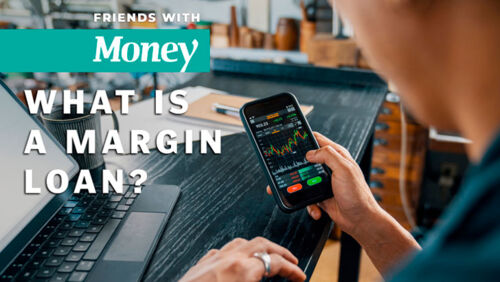Kate is 22 and has been planning for retirement since she was 18
By Susan Hely
Three years ago we first profiled seven Aussies who are working towards early retirement.
Money caught up with them again to find out how their plans and investments have fared during COVID-19.
Read more about the early retirees who know there's more to life than work, and how to be inspired by the FIRE movement.
NAME: Kate Campbell, 22
AIM: Retire at 40
INCOME NEEDED: Expects this to change as she nears her retirement, depending on circumstances, but around $40,000 a year
INVESTMENT STRATEGY: Automatic deduction into a savings account and then dollar cost averaging into a diversified portfolio of ETFs. Paying attention to her superannuation.
Kate says the past year confirms the logic in following the FIRE goals.
"You never know what tomorrow may hold. I want to be financially secure and I'll keep adjusting that plan for whatever life throws at me."
Four years ago, when she started on the FIRE path, she thought it might be a phase.
But it has become embedded in her approach to life. "When I set my financial goals each year, FIRE is a guiding framework," she says.
Kate has a long-term horizon and is investing in her tertiary education and expanding her skills at work.
"This will ensure I can move to higher-paid work and find work I enjoy more."
She follows the FIRE view that money is a tool, neither good nor bad, that improves with training and practice. She questions her spending, keeps her consumption low and reaches her annual financial goals.
"Maximise your spending where it brings you the most happiness and cut your spending in the other areas of your life.
"Cutting all expenses to bare bones and removing any discretionary spending is not an approach that works for me - it's all about balance and finding the approach that works. Your FIRE goals shouldn't make you miserable and if they are it might be time to take a step back and work out a better plan."
Kate says FIRE isn't a race.
"Taking a slow path to reach your goals is a very valid approach. Maybe part-time work, casual work or starting a side hustle are the way to go, instead of sprinting to the finish line."
She has a diversified portfolio of ETFs and has been more learning about Australian shares since we spoke to her in 2018, but admits there is lots to discover.
"Keeping your investment plan simple certainly helps - the more complex your approach the more actively you need to monitor it."
Kate uses dollar-cost averaging into the sharemarket rather than trying to pick the top or the bottom.
"I've also focused a lot more on keeping my investment fees low, now that I know the impact over my lifetime," Kate says, recommending the funds fee calculator on the MoneySmart website.
She says FIRE encouraged her to keep learning and investing time in her relationships with family and friends.
"I'm glad that it's starting to open up more conversations with people around the world about taking control of their finances and setting goals."
Kate's tips
Her best strategy is automating her finances.
"I'm not manually making the transfers into my accounts each month. Apart from compound interest, I think automation is your best secret weapon when it comes to your finances. If you can't automate something, then schedule a monthly recurring calendar event to remind you."
Favourite books
- The Behavioural Investor by Daniel Crosby
- Money School by Lacey Filipich
- I Will Teach You to Be Rich by Ramit Sethi
- Happy Money by Ken Honda
- Smashed Avocado by Nicole Haddow
- Side Hustle by Chris Guillebeau
- Millennial Money by Patrick O'Shaughnessy
- The Simple Path to Wealth by J.L. Collins.
Favourite websites
- Rask Australia
- Miss Money Box
- Ladies Finance Club
- Aussie Firebug
- Livewire
- SkilledSmart
- Four Pillar Freedom
- Collaborative Fund blog
- Minafi
Get stories like this in our newsletters.



